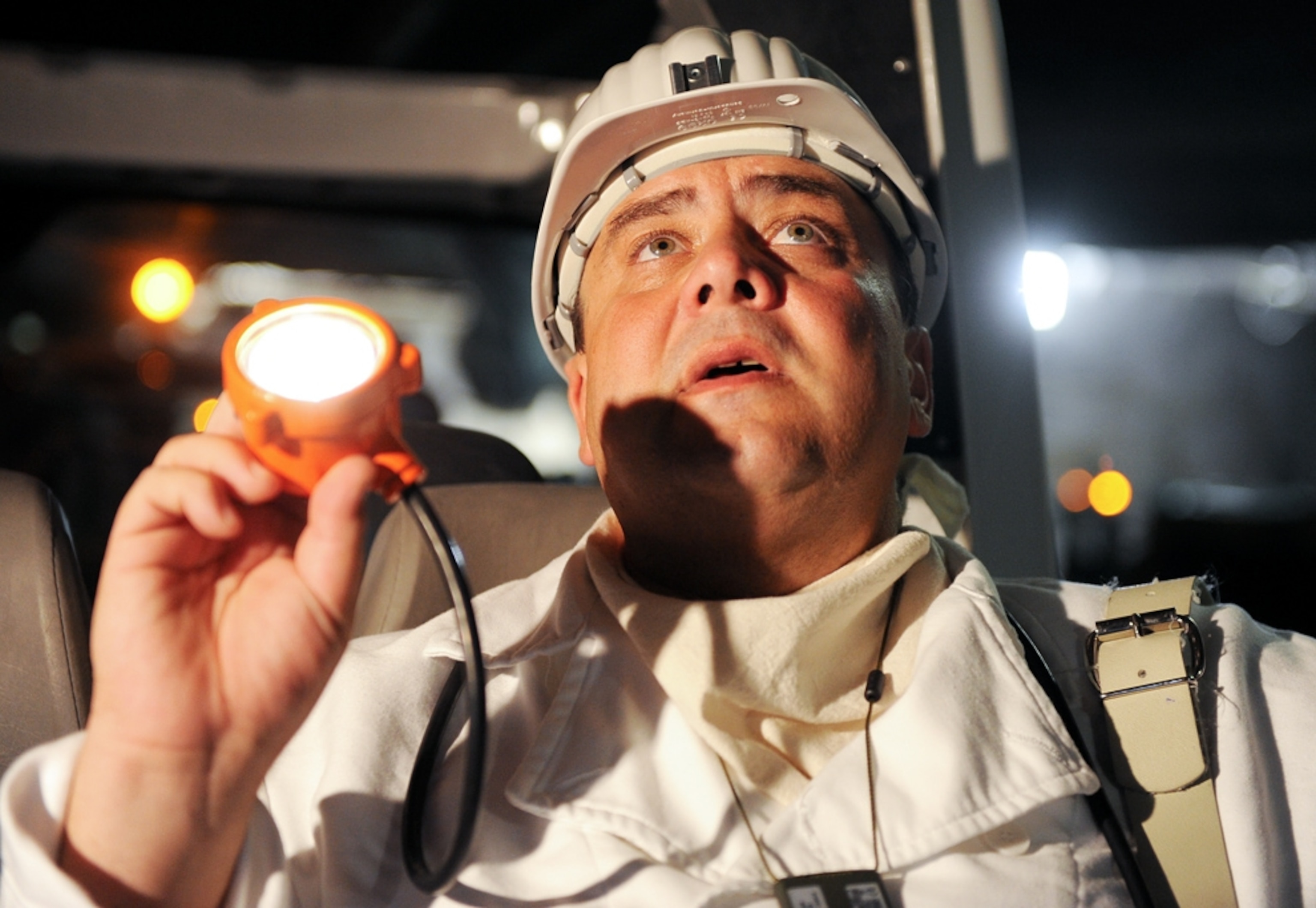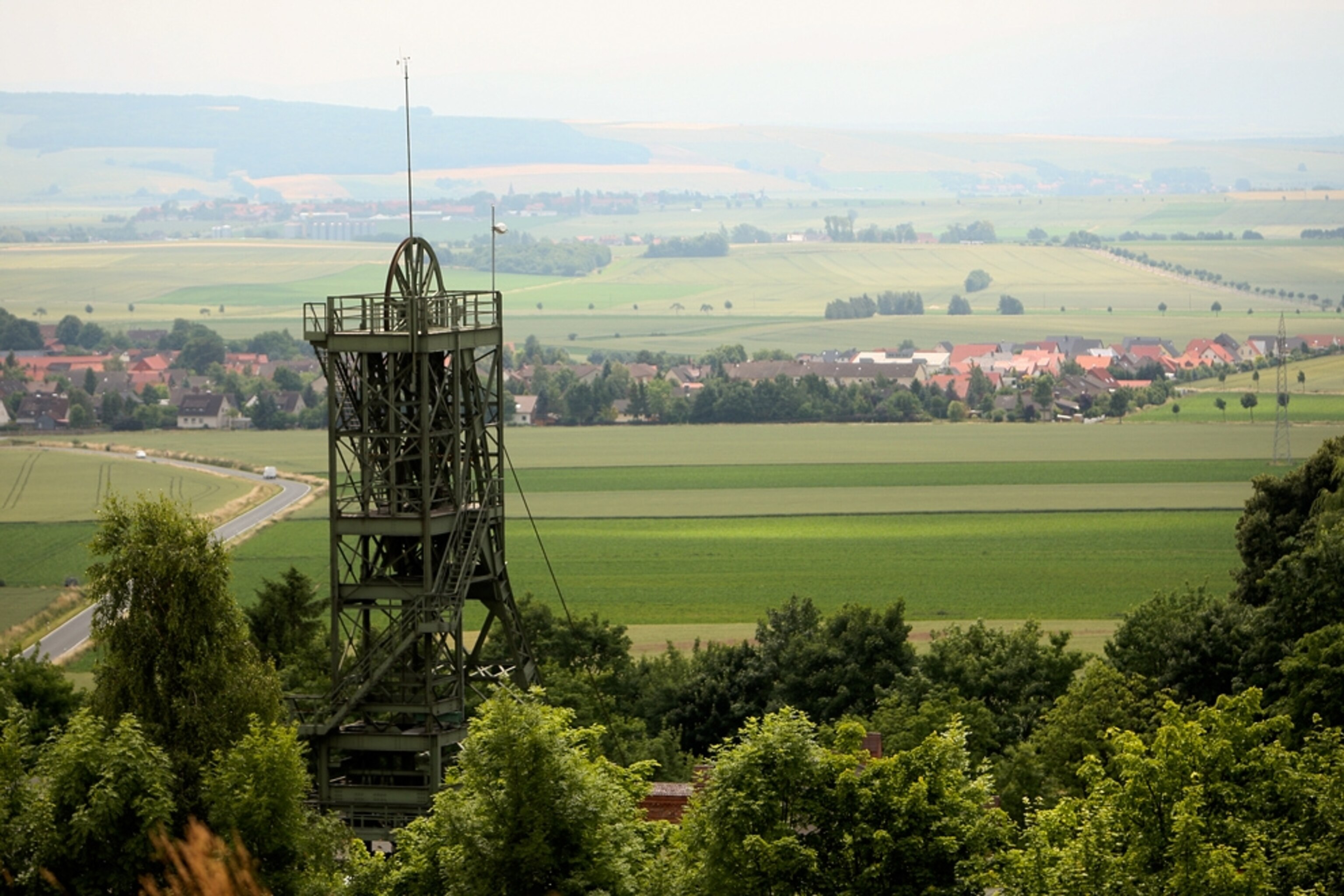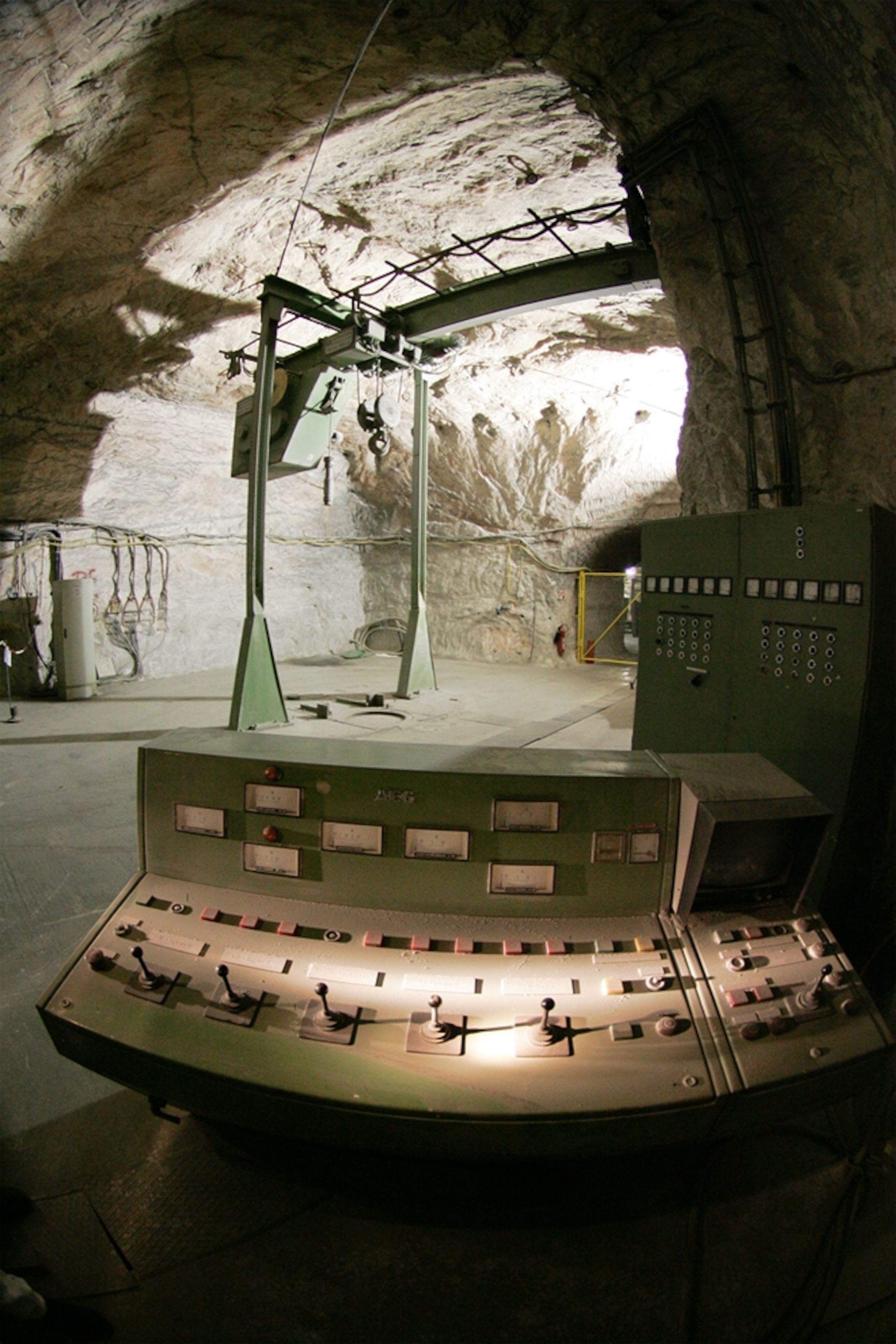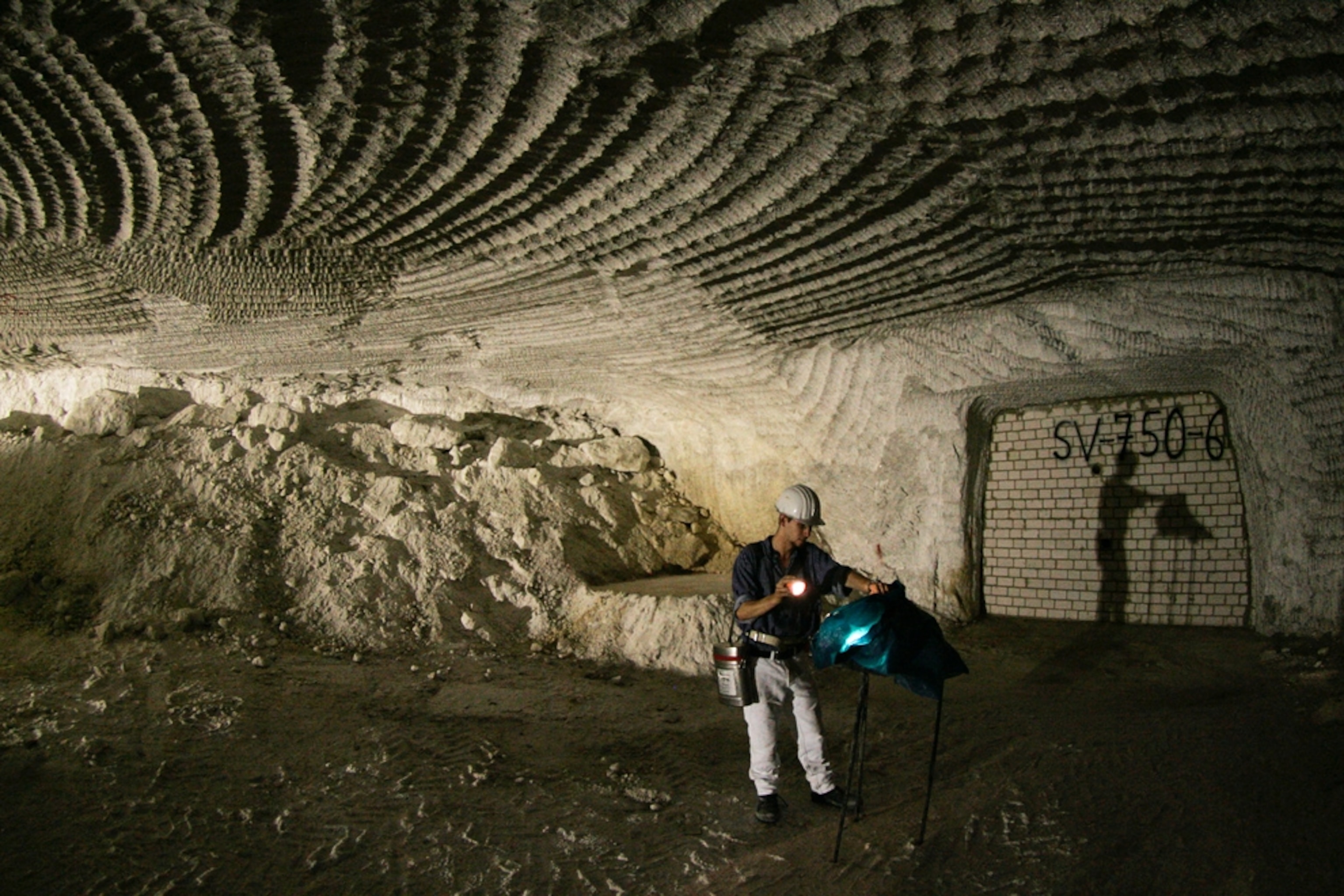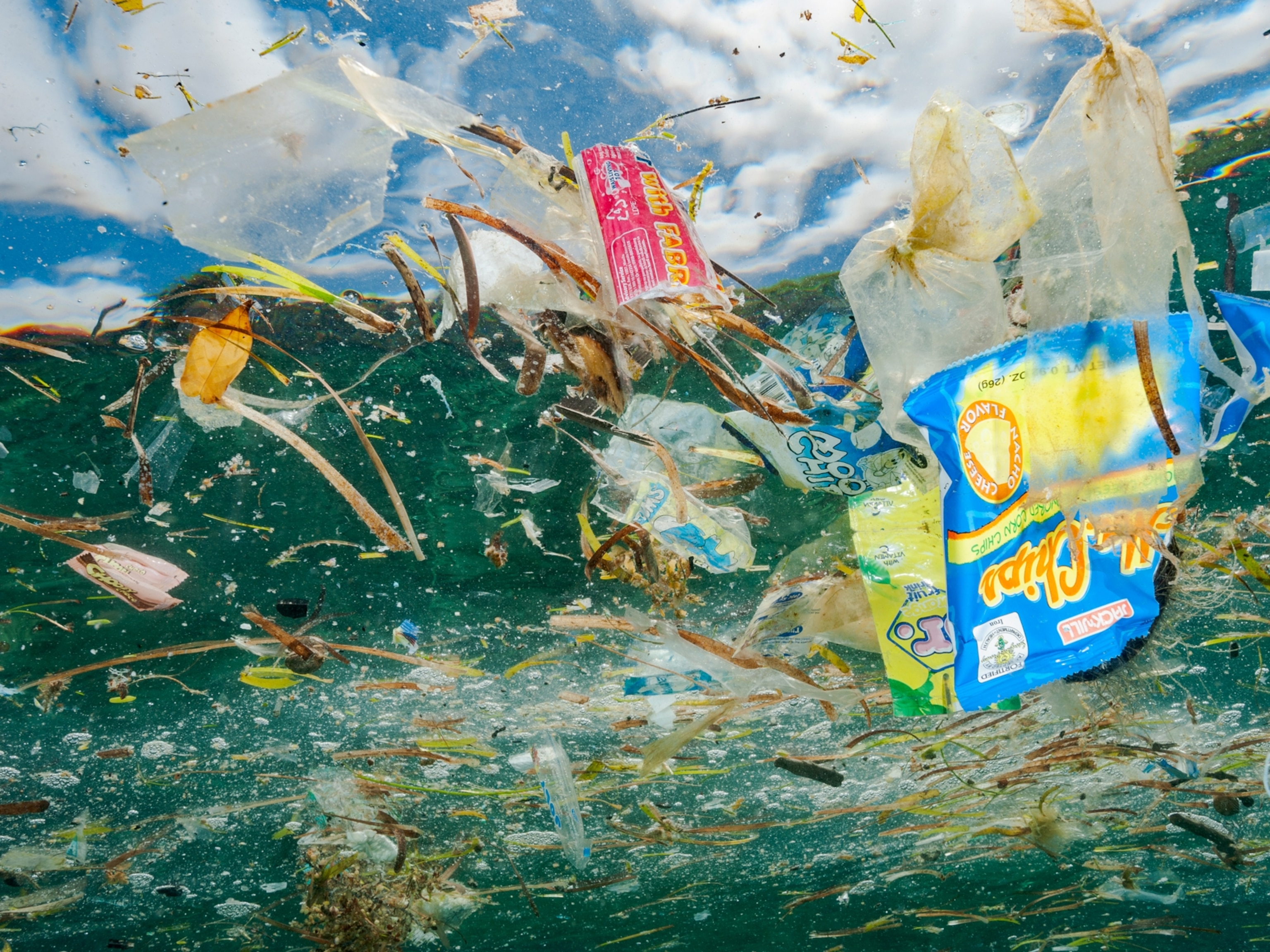1 of 10
Photograph by Emory Kristof, National Geographic
Photos: Leaking Nuclear Waste Fills Former Salt Mine
More than a hundred thousand barrels of radioactive waste are to be removed from "the most problematic nuclear facility in Europe"—a first.
July 9, 2010



